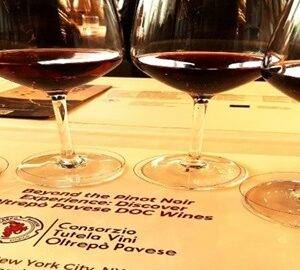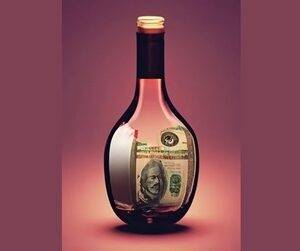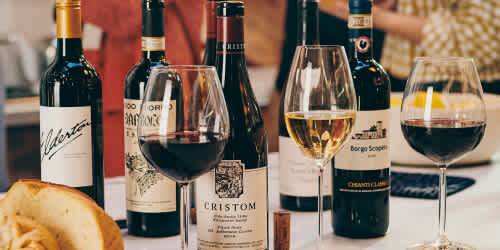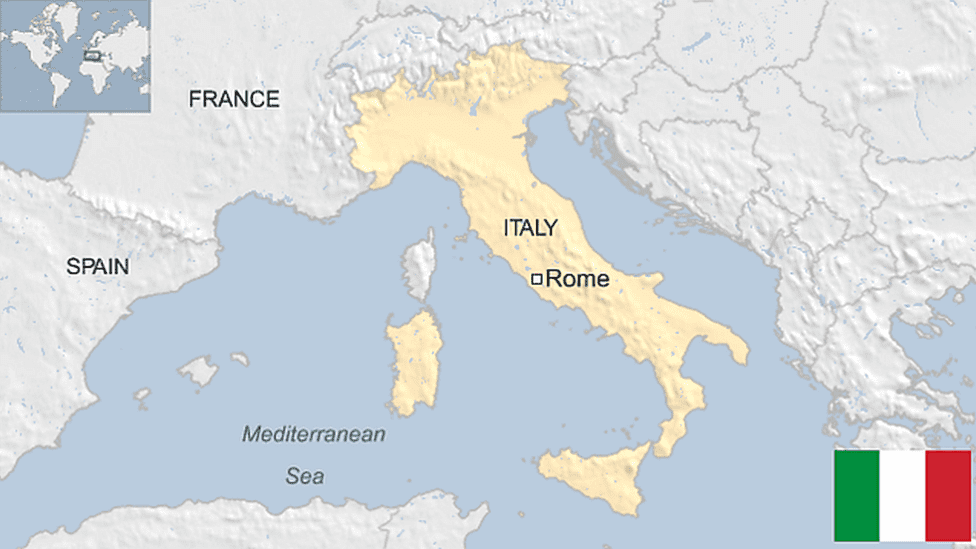All about Kosher wines
A growing number of people worldwide are “going kosher,” and by 2025, it’s expected that the market for kosher food will likely surpass $25.6 billion. The craze for kosher food and drink is healthy for you and healthy for your soul since those items follow the guidelines set forth in Jewish Dietary Law. Before being certified kosher, all the ingredients in the food and beverages as well as the machinery used to produce the products are carefully screened. Whether you are kosher, non-kosher, vegan, vegetarian and/or are challenged by allergies, the kosher section of supermarkets00000 and wine shops are likely to be the safest place to find ingredients for brunch, lunch and dinner. The transparency in food and beverage preparation and ingredients and the ease in identifying the kosher information on the label brings back the joy of cooking. The largest producer and importer of premier kosher wines and spirits recently introduced thousands of hungry and thirsty gourmets, gourmands, soms, oenophiles, beverage retailers, industry professionals, and journalists to a plethora of delicious kosher food, wines, and spirits from all parts of the planet. The Annual Kosher Food & Wine Experience (KWFE) event is a kosher foodie’s dream come true. This year the event marked the 17th annual experience, demonstrating that the interest in kosher food and beverages is increasing each year. Royal Wine executive, Gabriel Geller, finds that “The show’s success underscores the fact that the kosher food and beverage industry is exploding at a warp speed…” The celebration of everything kosher is held at Pier 60 Chelsea Piers, the largest waterfront venue in Manhattan that offers 20,000 square feet of luxurious column-free space. KWFE fills the space with hungry/thirsty people who know a great event when they see it; consuming more wines, spirits and food in a few hours then they probably devour in a week. For 6-hours, guests who paid between $161-$241 per person, experienced nonstop samples of everything kosher and palate experiences ranged from Meh to Fabulous. Food, Food, and More FoodKosher cuisine has never been more diversified and delicious with options inspired by the French, Japanese, American steakhouses, traditional Jewish cooking, nouveau American, charcuterie, fusion, Caribbean, authentic barbecue, and Mexican plus desserts and specialty coffees that were stunning in both appearance and taste, heavenly rich in nuts, cinnamon, and chocolate. Funny, You Do Not Look KosherMost of the kosher food in the world is consumed in the USA although only 2 percent of Americans are Jewish (approximately 7.5 million people); however, 41 percent of all packaged food in the US is certified kosher (Quartz Business News). While food sales are growing 1-2 percent annually, kosher food sales have increased more than 10 percent for more than two decades. Perhaps the growth can be attributed to the “crossover kosher consumer,” a group that includes vegetarians, the vegetarian inclined as well as consumers who are lactose intolerant (20 percent of the population) or suffer from food allergies. Other religions requiring strict dietary rules include Hindus, Muslims, and Seventh-day Adventists. In the USA there are an estimated 75,000 kosher consumer goods (up from 60,000 in 2000) with sales in excess of US$165 billion annually. Kosher food sales in Canada grew almost 20 percent in one year, from $480 million in 2000 to $575 million in 2001. These compelling numbers drove mainstream giants like PepsiCo, KraftCanda and Krispy Kreme to obtain kosher certification for some items. Since 2003, Campbell Soup has had kosher products and other companies are adding kosher to their product/marketing mix as kosher may represent one of the few opportunities left for market share expansion. What Kosher MeansDerived from the Hebrew word meaning FIT or PROPER, it refers to foods that meet the strict requirements discussed in the Old Testament; it does not mean being “blessed by a rabbi.” Kosher food has undergone an exacting process of inspection and supervision to ensure its journey from farm or factory to plate and adheres to the law of Kashruth (kosher). Getting to KosherBasic kosher rules: For a product to be kosher all of its ingredients must first be certified kosher. This is not difficult because the majority of food ingredients in North America (as many as 70 percent) already meet kosher standards. The next step is the initial inspection and assessment of the processing plant by a member of the certifying agency’s rabbinical staff. The basic annual fee for kosher supervision of packaged products ranges from $2000 to $5000, depending on the complexity of supervision required. If the equipment has been used to manufacture non-kosher products, even if was 10 years ago – Kosherization will be required. The process of sterilizing equipment by bringing it to extremely high temperatures may involve the use of a blowtorch, hot coals or hot steam before the equipment can be used to produce kosher products. BrandKosher is a brand! As a brand it includes the discrete trademarks of varied certification organizations and collectively the symbols communicate to consumers which products meet kosher standards. The marketplace power of brands gives products considerable economic value. While the power of the brand over other trademark holders contributes to the value of the final product it is hidden from consumers; however, it is critical for a brand’s durability. ProfitabilityOne of the principal organizations creating the kosher brand is The Union of Orthodox Jewish Congregations of America (UOJCA). Its efforts are maintained by Orthodox supporters who seek to expand kosher options available to observant Jews. These activities, in concert with other certification agencies, have made kosher designations financially valuable to food, wine and spirits producers. The extra profits for the firms that decide to make their products comply with kosher requirements generate sufficient revenue to create a new and robust income stream for Orthodox certification organizations. The substantial monetary benefits accrued are quantifiable measures of their successful branding efforts and support Orthodox Jewish endeavors including paying the salaries of hundreds of clergies, and laity engaged in kosher supervision activities, with significant surpluses funding Orthodox educational and promotional












